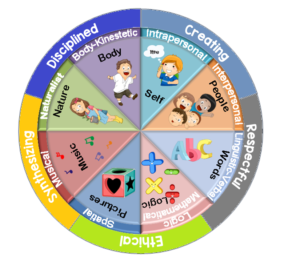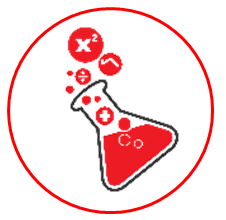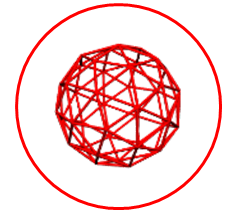What is STEAM?
STEAM is an educational approach to learning that uses Science, Technology, Engineering, Arts+Design and Mathematics as access points for guiding student inquiry, dialogue, and critical thinking.
Our Curriculum
STEAM Education Programme curriculum is a two-prong approach developed with close reference to Howard Gardner’s theory of Multiple Intelligences and the 5 Minds for the Future. This modalistic perspective implies that the curriculum caters to students’ learning styles which could differ based on the strength of each of those intelligences, and that subject matter should be taught through a variety of activities and projects instead of a singular fashion. The five minds encapsulating skills, values, attitudes and knowledge are crucial for the 21st Century Skills.

Our Objective
Engaging Interest-Based Children’s Activities
Through role-playing, experimentation, investigation, and open-ended discussion, our unique curriculum and interest-based activities build a bridge from your child’s interests to subjects like math, engineering, art and science. Children will learn to use the scientific method and engineering design process to creatively solve real-world problems, troubleshoot solutions and learn from failure.
In the process, the children will:

develop their powers of observation

learn to plan ahead and to see mistakes as opportunities to learn

learn to work both independently and collaboratively with peers

learn to appreciate the relevance of math and science in their daily lives

gain omni-directional thinking to evaluate data, make deductions or predictions, and creatively solve problems